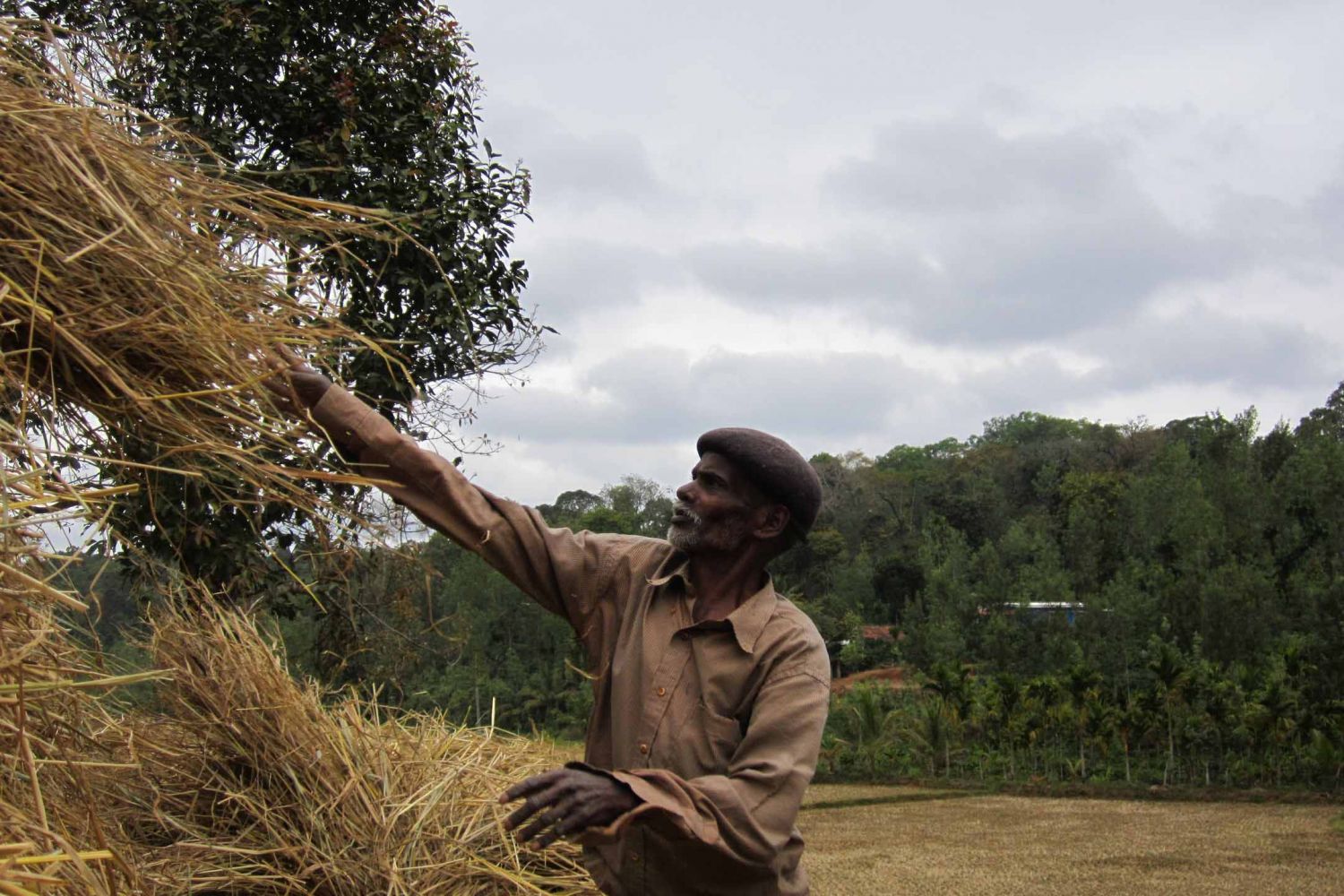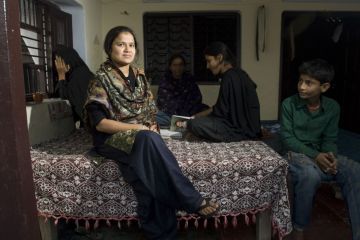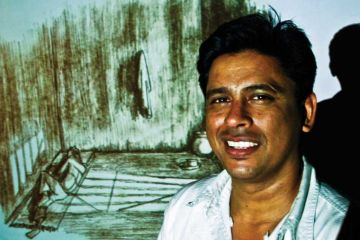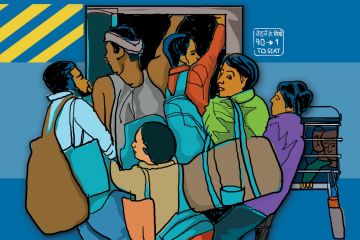
There was a time when
night came early to Marathahalli. That’s no longer true. Nostalgic old-timers
recall the days when it was unspoilt and largely untouched by urbanisation. A
green, sleepy village with its own lake surrounded by trees, it was a
picture-perfect example of the rural idyll. Not so long ago, Bengaluru was something
residents discussed, but they didn’t think of themselves as belonging to the
city.
Now, shops of all
sizes and shapes and high-rise apartments have change
Continue reading “A barren land despite the greenery”
Read this story with a subscription.





